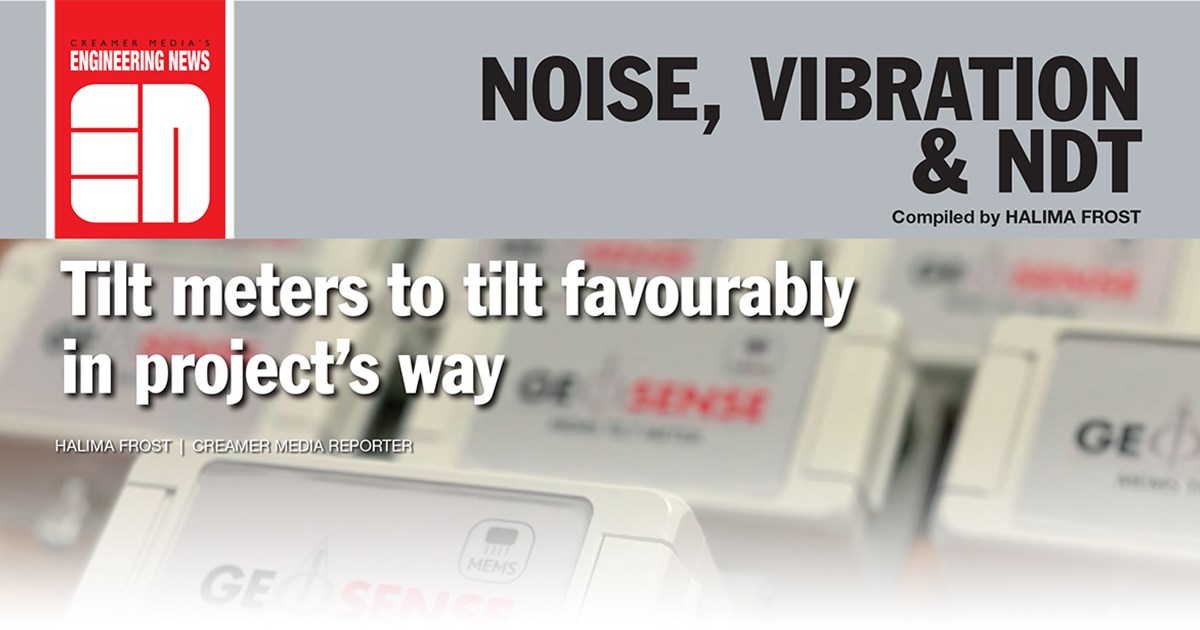Tilt Meters to Tilt Favourably in Project's Way

TILT METERS TO TILT FAVOURABLY IN PROJECT'S WAY
Sourced from Creamer Media's Engineering News & Mining Weekly
Geotechnical service provider Terra Monitoring has been selected to assist in supplying and installing eight Geosense microelectromechanical systems (Mems) in-place tilt meters for a project in Zambia.
The meters will be used to monitor changes in the inclination of a grain silo construction project. The grain silo construction project is being undertaken by project management company Multi Gro Africa on behalf of the Zambian government. “The eight tilt meters will be installed at equal distances around the circumference of the silo once the construction phase has been completed in July,” says Terra Monitoring operations director Robin Schmidt. He adds that the meters will be a standalone system and will not need to be integrated to any other monitoring systems the client might have in place already. “The purpose of the tilt meters will be to measure the tilt of the silo in any direction, and subsequently alert the appointed personnel through a text message if any triggers are reached,” he explains.
The meters will be connected to data acquisition company Campbell Scientific’s third-generation wireless mobile telecommunication data logger, which will be programmed with the necessary trigger levels for this specific project. Although the installation of the tilt meters and datalogger will take only about five days, the meters will be operational for the life span of the silo. Schmidt enthuses that, with good planning and preparation before going to the site, the company foresees no challenges with the installation of the tilt meters and connection of the data logger.
TECHNICALLY SPEAKING
The Mems tilt meter is compact and waterproof, with a range of about 15° from vertical. Applications for the tilt meter include monitoring rotation of retaining walls, piers and piles; providing an early warning system for potential structural damage; and documenting any effects of nearby deep excavations. They measure uniaxial or biaxial tilt, which is measured from a single plane or a number of planes perpendicular to the base.
The tilt meter is designed to be installed vertically or horizontally by either bonding, bolting or strong magnetic fixing directly to a structure or mounting plate. The sensors, based on well-established Mems technology, are mounted within a heavy-duty waterproof die-cast metal enclosure suitable for the harsh environments of construction and building industries.
The thermal effects of the sensor on the tilt meter are minimal; however, to compensate for the effects of temperature on the enclosure, mountings and structure, the unit is fitted with an integral thermistor. Schmidt concludes that each unit will be individually calibrated to provide the ultimate in system accuracy and repeatability.
To read the full publication,
Plot 28 Central Road
Sunrella, Lanseria
Gauteng
South Africa
Tel. +27 (0)11 966 7760
Email. info@geogroup.co.za
